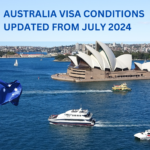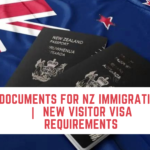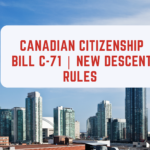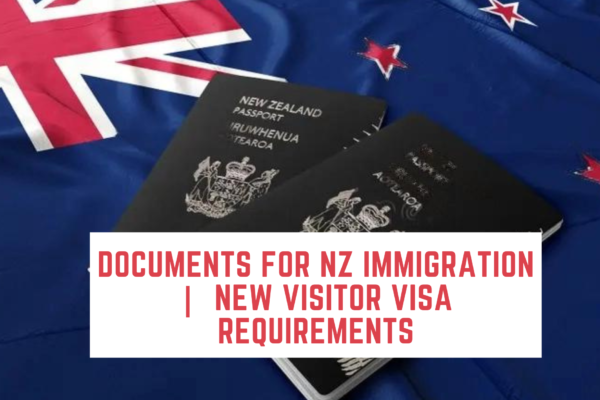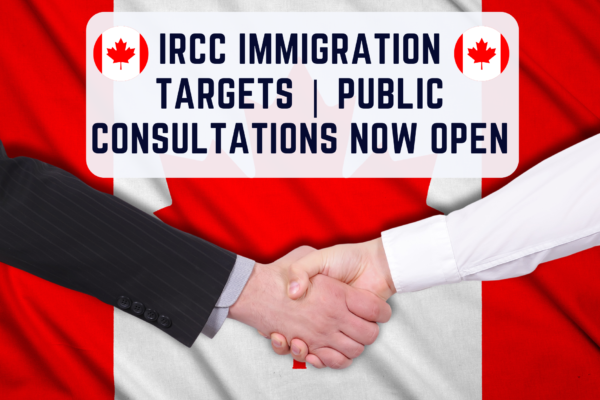
Japan e-Visas Available in UAE Now | How to Apply
Exciting news for tourists to the UAE! Japan e-visas available in UAE commencing September 1, 2024, fundamentally changing how UAE residents apply for travel to Japan. This new electronic visa system is intended to make the application process easier and more easy for visitors looking to take advantage of Japan’s extensive cultural offerings and spectacular natural surroundings. Residents in the UAE may now benefit from a more expedited application process thanks to Japan e-visas. This project represents a huge step forward in allowing smoother travel between the two countries. This article will give detailed information on how to apply for a Japan e-visa, where to submit your application, and what to anticipate throughout the process. Don’t pass up this chance to explore Japan with ease. Stay tuned for further information on the Japan e-visa procedure and how it may streamline your trip arrangements. Japan e-visas available in UAE, representing a significant improvement in travel ease, making it simpler than ever to book your next vacation to Japan. Japan e-visas available in UAE as of September 1/2024 In a huge step forward for UAE-based visitors, Japan e-visas available in UAE starting September 1, 2024. The United Arab Emirates (UAE) Japanese embassy and VFS Global have launched a new program to expedite the visa application procedure. Now that e-visas are available in the UAE, tourists may apply for a Japanese visa online, streamlining the process and doing away with the need to physically visit consulates. You may now more easily visit Japan, whether for a short vacation or an extended stay, thanks to the new e-visa system, which caters to both types of travel. Choosing the e-visa will make your application process faster and easier, leading to a more seamless travel to Japan. Embrace this new convenience and plan your trip with Japan as an option, knowing that the UAE will process your application quickly and efficiently. Japan e-Visa Application UAE Centers For clients wanting to apply for Japan e-visas, VFS Global has created two specialized locations in the UAE and Japan, making the procedure faster and more convenient. Both Wafi Mall in Dubai and The Mall in Abu Dhabi are residences to these conveniences. Japan e-visas available in UAE, you are able to submit your application and any supporting papers at these locations. It is possible to arrange appointments for visas online at no additional cost. This innovative technique removes the requirement for in-person consulate visits, providing a more efficient way to apply for a Japan e-visa. In addition to the visa fees, there will be a Dh100 service charge at the facilities. This cost is for the administrative responsibilities connected with processing your application. Booking your appointment early is critical to ensuring that you have enough time to collect all required papers and finish the application process smoothly. The establishment of these facilities reflects the rising demand for Japanese visas among UAE residents and attempts to facilitate access to visa services. Japan e-visas available in UAE, providing visitors with a more simple and quick visa application process. Japan e-Visa VFS Global UAE VFS Global, a significant provider of government outsourcing and technology services, Japan e-visas available in UAE. VFS Global will handle all administrative work for Japan e-visa applications, including the collection of application forms and supporting documents. They will not make decisions on visa grants or denials. The processing period for persons who are applying for Japan e-visas available in UAE is typically eight working days. However, depending on the application’s complexity and the quality of the papers, processing might take up to three weeks. The agreement between VFS Global and the Japanese embassies in the UAE seeks to effectively handle the increasing volume of visa applications. This collaboration is intended to guarantee that Japan e-visas available in UAE are processed in a timely manner, resulting in an easier travel experience for applicants. What to Expect with e-Visas Available in the UAE 1. Make an appointment for yourself: In order to get started, you need go to the VFS Global website and schedule an appointment online. This guarantees that your application for an electronic visa to Japan is completed in a timely manner. 2. Accumulate the Items That Are Required: Gather up all of the required papers, such as your passport, pictures, and any other information that is specified in the application criteria. It is essential that you visit the application facility with the Dh100 service fee in your possession. 3. Send in Your Expression of Interest: In order to hand in your finished application and the necessary documentation, you need go to either the Wafi Mall or The Mall in Abu Dhabi, which are both sites of VFS Global. Make certain that all of the documentation is accurate in order to prevent any delays. 4. Keep Track of Your Application: Once your application has been submitted, you may utilize the online monitoring tool to confirm the current status of your Japan e-visa application. Through the use of this function, you will be informed of the status of your application and will be notified when your electronic visa is available. 5. Take Advantage of Your e-Visa: Once your application has been processed, your electronic visa for Japan will be provided to you by electronic mail. Because of this, it is feasible for you to make use of it in order to go to Japan, therefore ensuring that your travel plans are carried out without any difficulties. Advantages of the Japan e-Visa System The new Japan e-visa system offers numerous benefits: With Japan e-visas available in UAE, travelers can look forward to a more streamlined and user-friendly application experience. Conclusion Japan e-visas available in UAE commencing September 1st, marking a significant step forward for UAE citizens. As a consequence of this new technology, which was made possible by VFS Global and newly constructed application centers, the application procedure for visas is now less difficult and more simplified. Tourists may now rapidly get visas for Japan via e-visas, which are…




